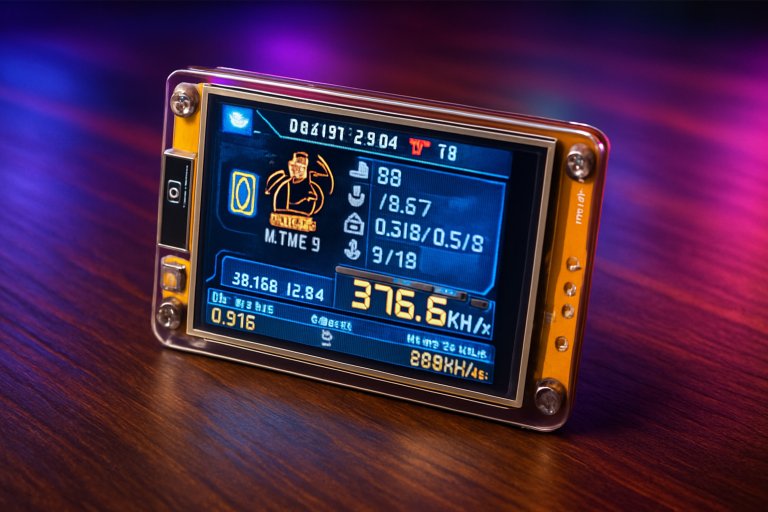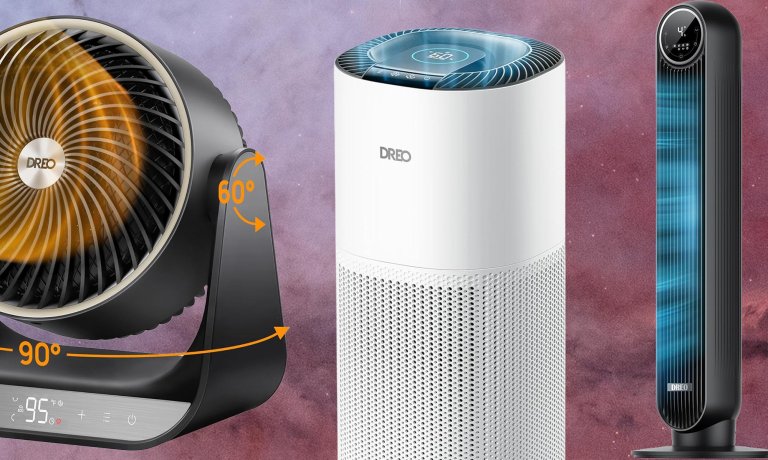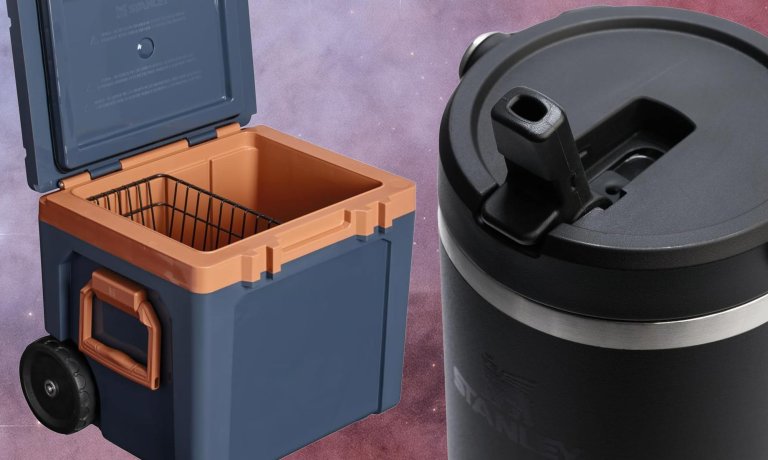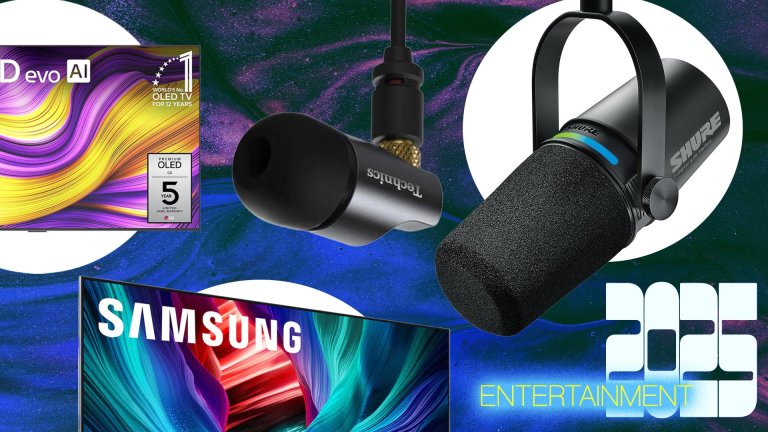Gear
News, roundups, and reviews of the technology that shapes the way we live.
Latest in Gear
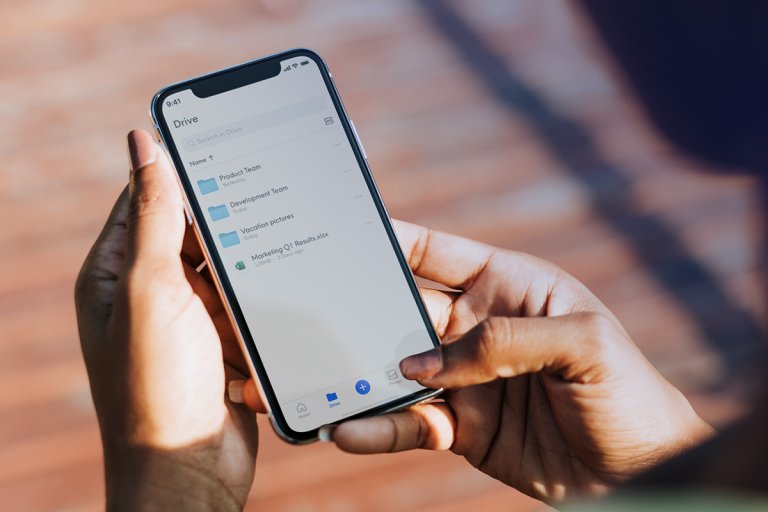
Sponsored Content
The storage math behind a $270 cloud plan
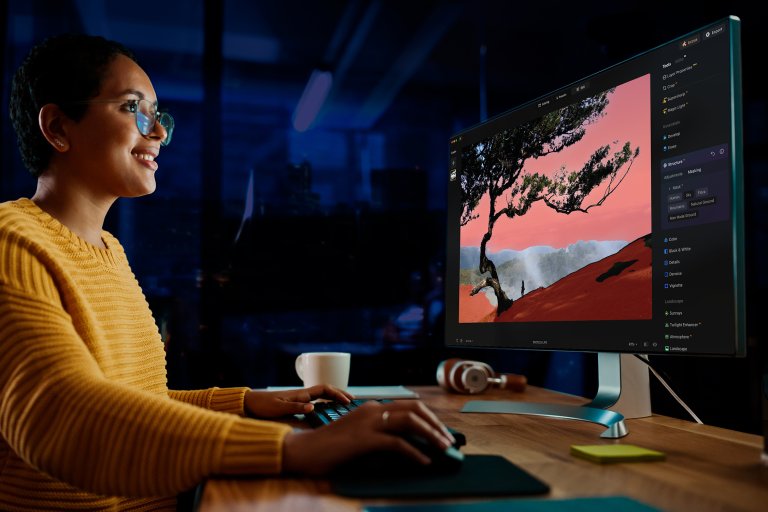
Sponsored Content
Award-winning photo editing for $600 off

Sponsored Content
A professional-grade coding tool for under $10?! Yes.
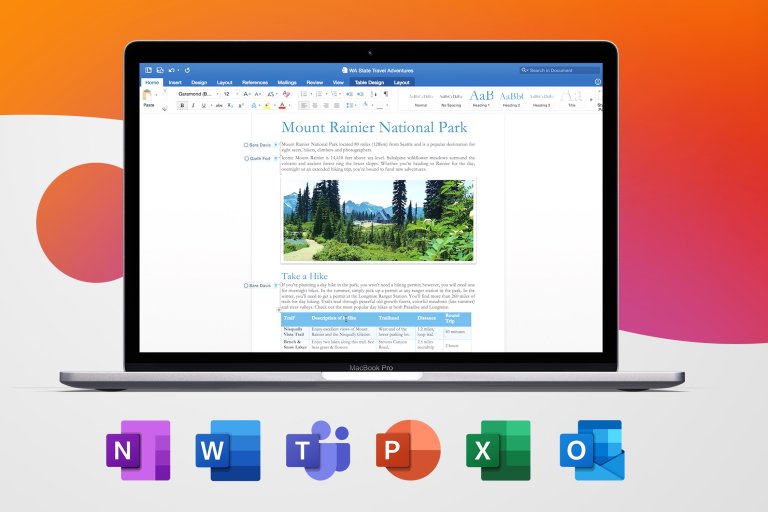
Sponsored Content
A MacBook Pro and Office Suite for $440 is a serious productivity steal
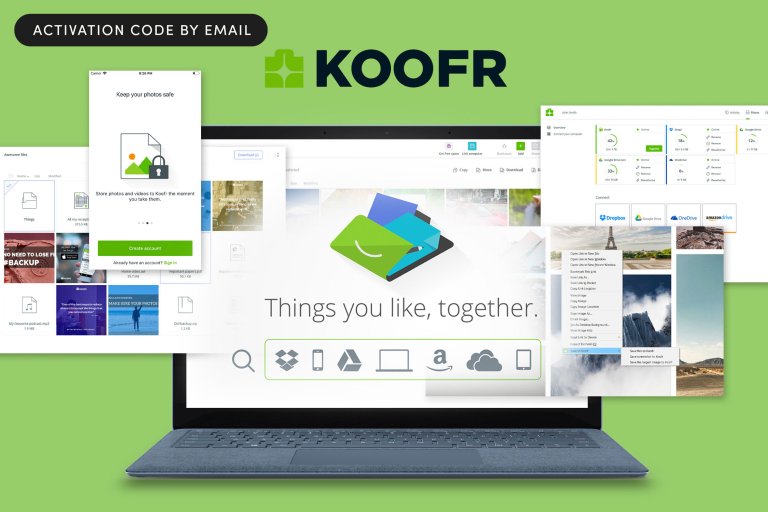
Sponsored Content
This $129.99 storage deal is for people allergic to renewals
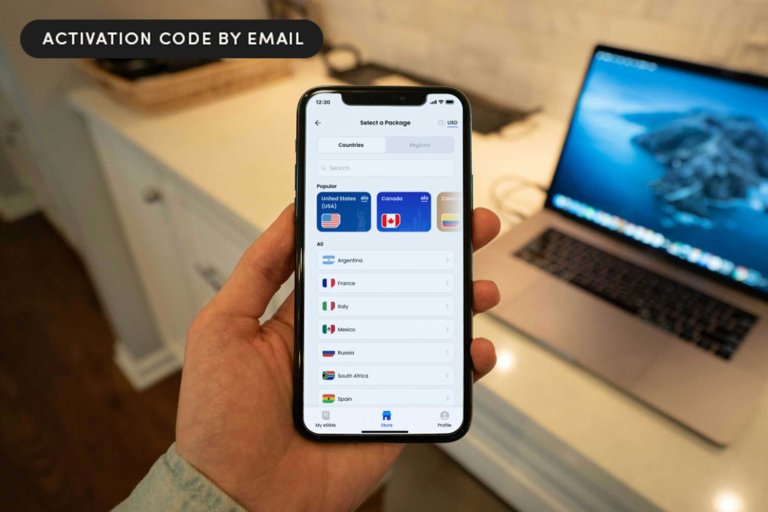
Sponsored Content
Avoid roaming shock with $100 in global mobile data for $49.99

Sponsored Content
Master Windows 11 Pro for $20 without guessing your way through it
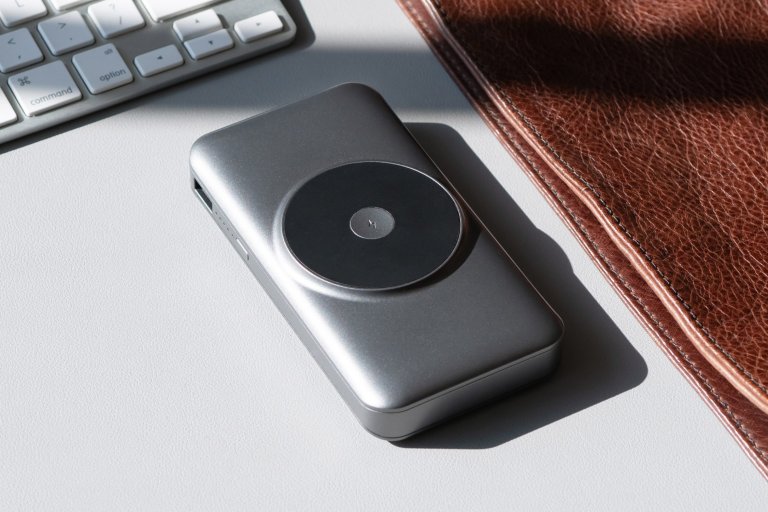
Sponsored Content
Be prepared for anything with an all-in-one phone charger for $40
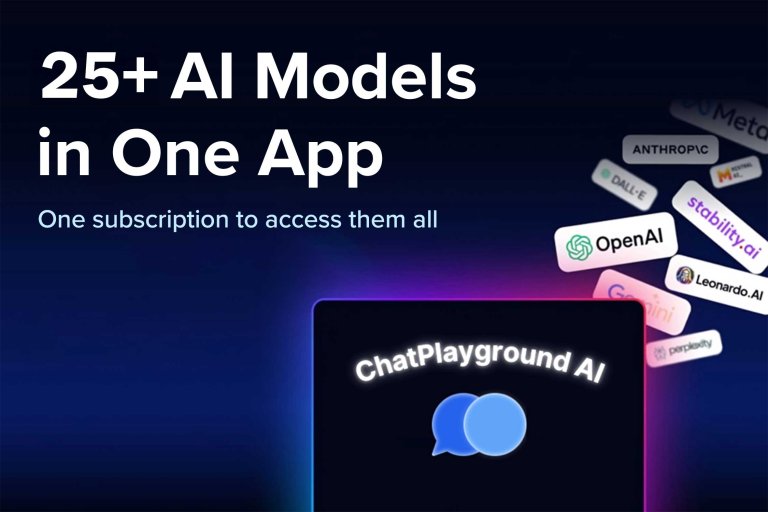
Sponsored Content
Run every major AI model for $79 instead of $619
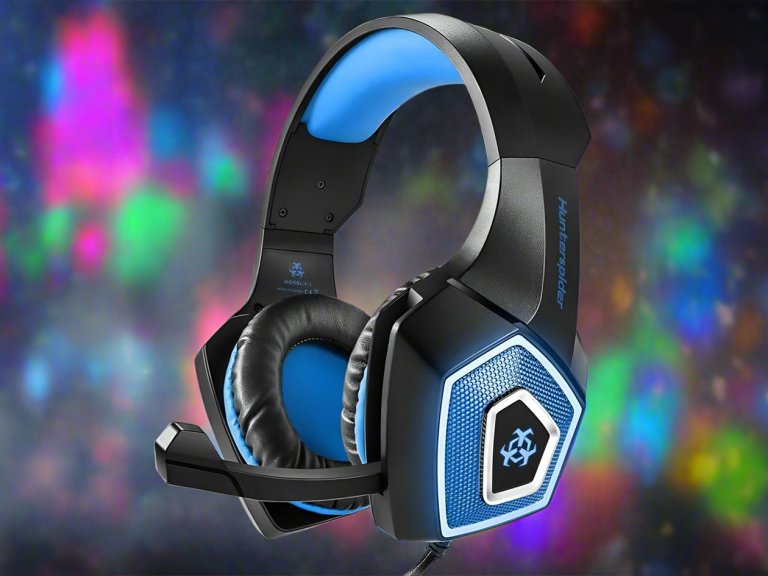
Sponsored Content
This sick gaming headset is a must for streamers at only $50

Sponsored Content
Grow your mind in 15 minutes with Headway
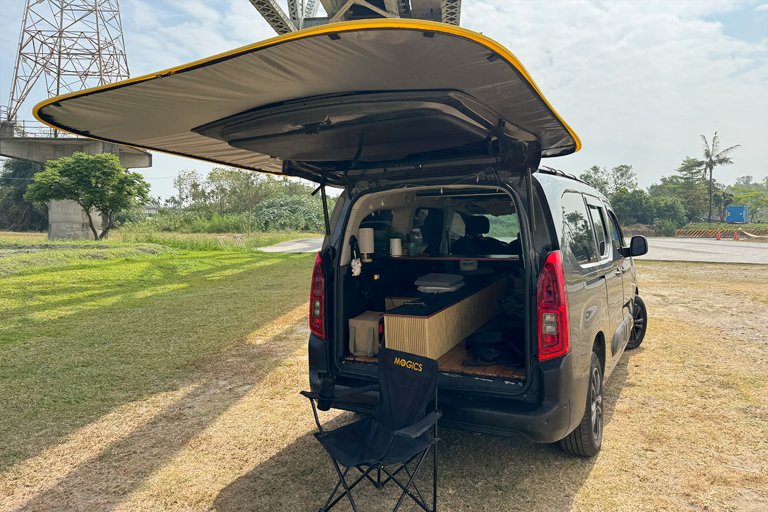
Sponsored Content

